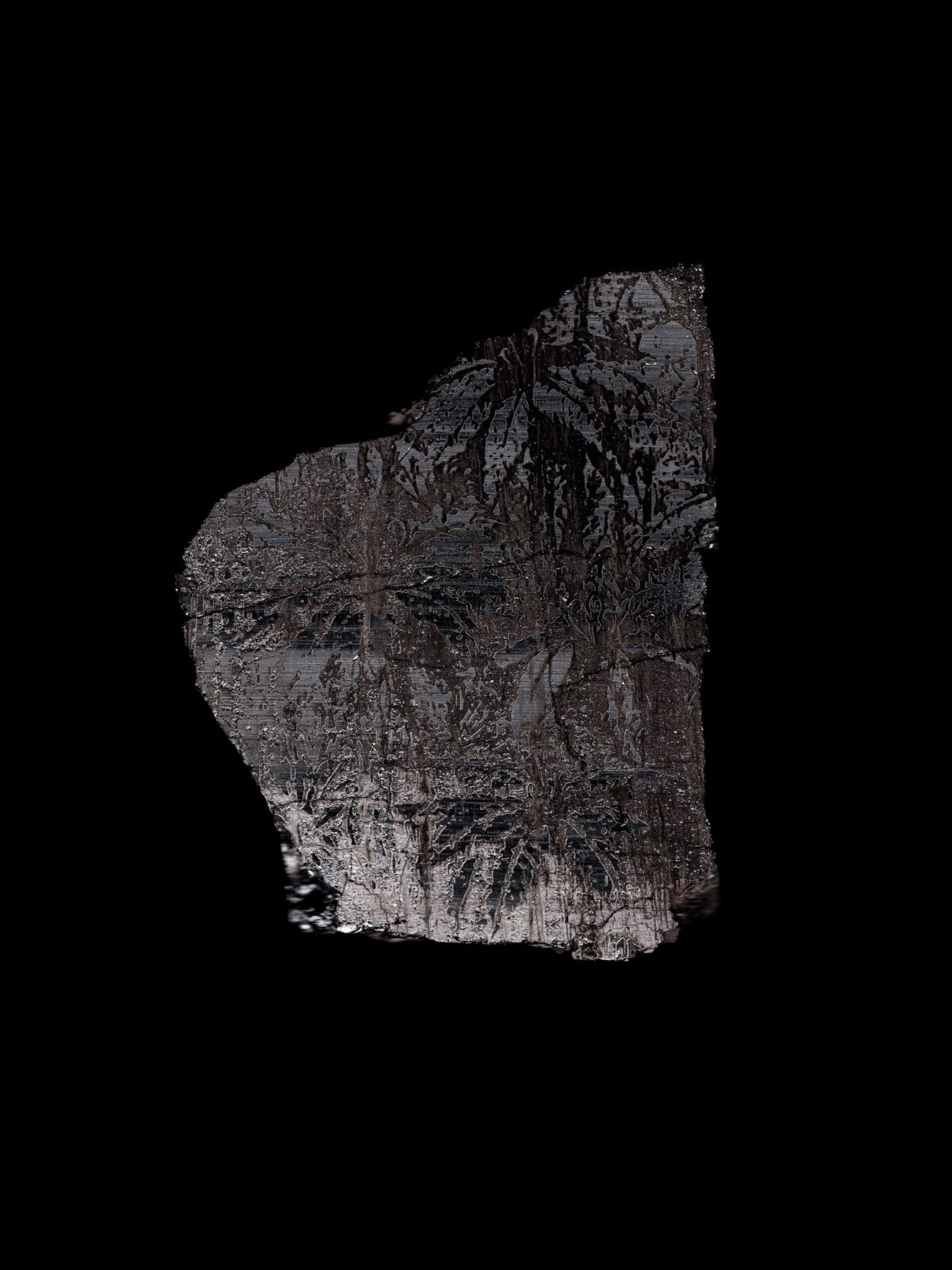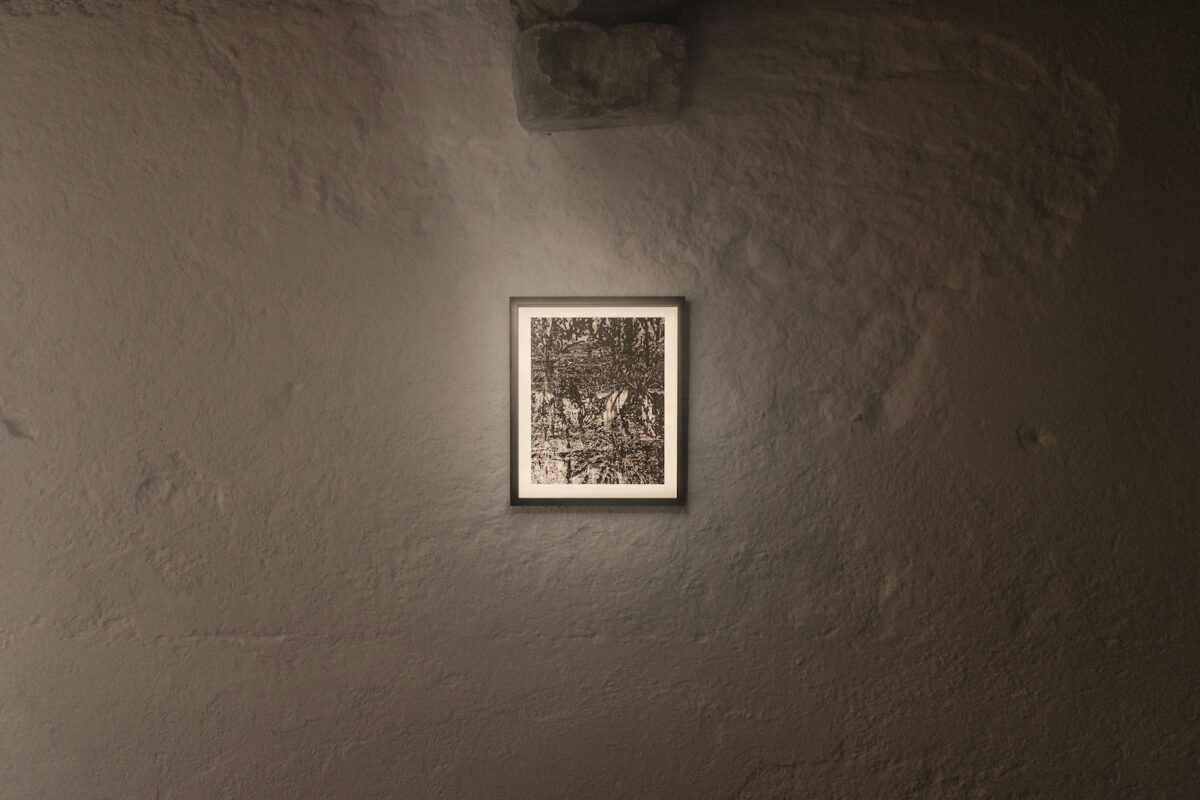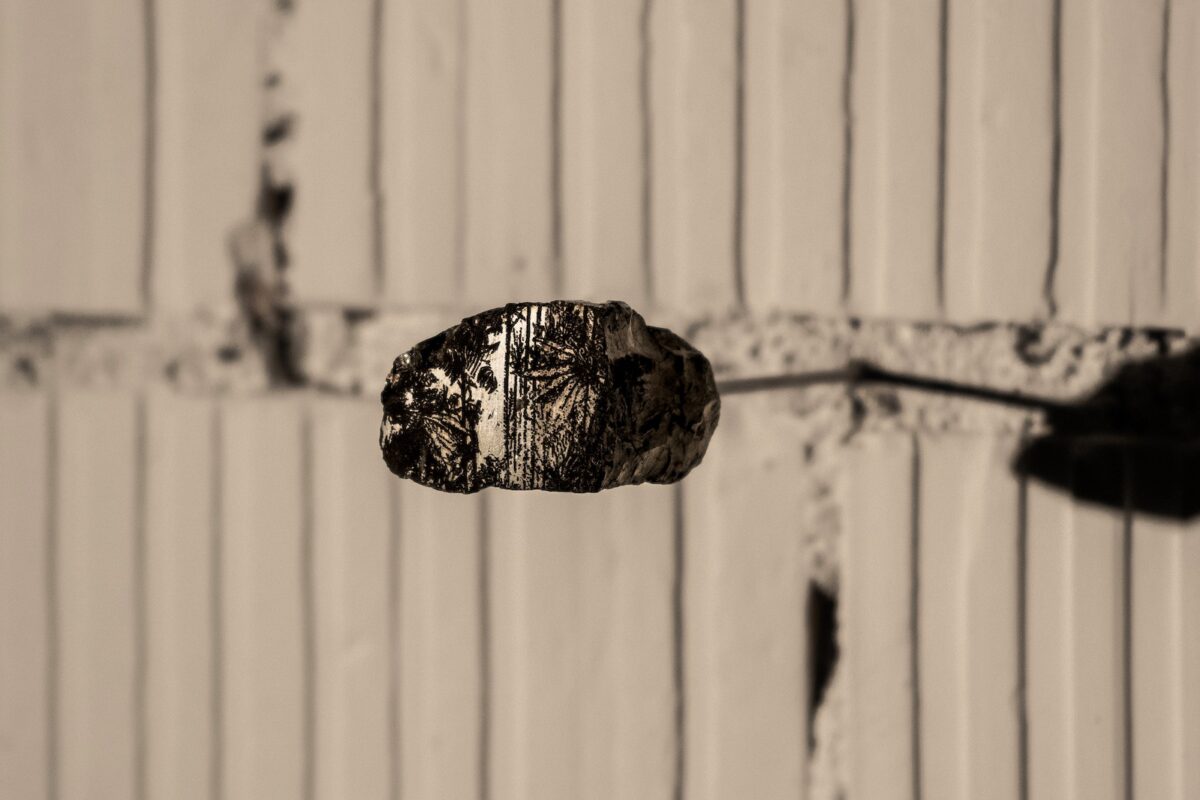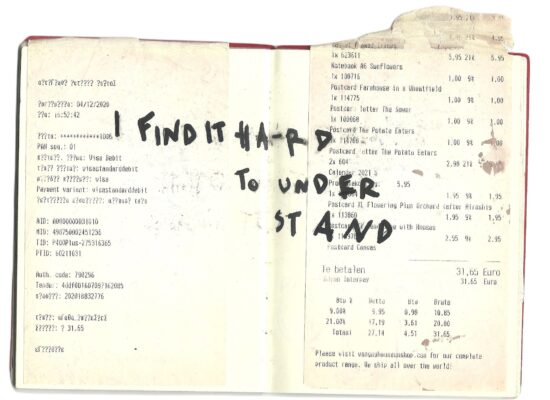Based in Switzerland / Zürich & Bedretto
Website https://khalilberro.com
Research project The Fires We Started
Location Museum am Schölerberg, Osnabrück, Germany // ETH Zürich, Zürich, Switzerland
Can you describe your research project?
In The Fires We Started, particularly in the subproject As Sunshine Turns to Stone, we explore the primordial origins of coal, tracing back around 300 million years to the Carboniferous period. During this time, photosynthesis effectively fossilized sunlight into carbon, which, over millennia, eventually compressed into the coal seams we recognize today.
The project brings the desires, fears, and estrangement surrounding the materials necessary to fuel the modern world into dialogue with their primordial origins. It examines what the handling of these materials reveals about humanity’s place in our habitat. By accentuating the ambivalent nature of coal’s inherent fire as both a force of creation and destruction, the project reintroduces the living, forested origins of today’s fossil reserves. It is an investigation into and questioning of the environmental realities we have established.

Anthracite and stone coal lumps with burnt engraving of carboniferous coal forests on stainless steel support stand, 45cm x 45cm x 145cm
Courtesy of the artist and Casa Bedretto, Switzerland
Why have you chosen this topic?
The confusion and dismay I felt when revisiting where and when coal was actually formed, coupled with the realization that we are essentially burning the remnants of ancient sunlight, led me to want to restore agency to the material and object itself. To me, the lumps of coal revealed a deeper reality: how humanity has established a working relationship with its habitat. This prompts the question of how non-human life from millions of years ago could leave such a profound geological, environmental, and socio-economic impact on our world today. It also leads to another question: What will be the long-term consequences of our current human activities on the planet millions of years into the future?

Anthracite and stone coal lumps with burnt engraving of carboniferous coal forests
Courtesy of the artist and Casa Bedretto, Switzerland
What research methods do you use?
Alongside classical geological and other scientific research methods, such as stratigraphy, which we have used to determine the age of certain coal seams, I have been involved in fieldwork, as is typical for my projects. This has taken my work deep into the now decommissioned coal mines of North Rhine-Westphalia in Germany. Soon, for the upcoming film, we will descend into the northernmost coal mine in the Norwegian Archipelago of Svalbard, pioneering new ground untouched by humans.

Anthracite and stone coal lumps with burnt engraving of carboniferous coal forests
Courtesy of the artist and Casa Bedretto, Switzerland
In what way did your research affect your artistic practice?
The impact on my artistic practice is less significant to me than the effect the research had on my understanding and categorization of the non-human, which, in turn, influences my practice. By studying coal, the decisions of our progress-driven society become clearer. Coal, as a material, tells the story of a deeply transactional society, simply through its existence and the journey it must take to the Earth’s surface. To me, it serves as an accurate representation of how humans have established a working relationship with their environment, helping me analyse and ultimately deconstruct these systems through my work.

Piezography, carbon pigment print on Photo Cotton Rag 315g IFA 11, framed in black stained spruce, stained spruce frame spacers 1 cm, artglass 2 mm, 31.2 x 37.4 cm, edition of 5 + 2 AP
Courtesy of the artist and Casa Bedretto, Switzerland
What are you hoping your research will result in, both personally and publicly?
This research process and body of work allows me to develop a nuanced understanding of coal as a material and its immense significance in fuelling the modern world. Through expeditions, I push the boundaries of my physical and psychological limits, confronting the fears and desires that fuel my own calidum innatum (vital heat). This journey is not just about exploration but about carving a path to truly comprehend the timeframes and origins of the very substance that has shaped our present reality.
I aim to provoke a shift in focus toward the ambivalent nature of fire. A force that is both creation and destruction, a source of warmth and light, yet also one of danger and pain. Equally important is the reimagining of the latent powers of minerals, specifically buried sunshine. By bringing these hidden forces to light, I hope to challenge and alter public perception, encouraging a deeper reflection on our energy-dependent reality and the primordial atmospheres that fuel it.

Anthracite and stone coal lumps with burnt engraving of carboniferous coal forests wall mounted on stainless steel rods, 125cm x 20cm x 15cm
Courtesy of the artist and Casa Bedretto, Switzerland




